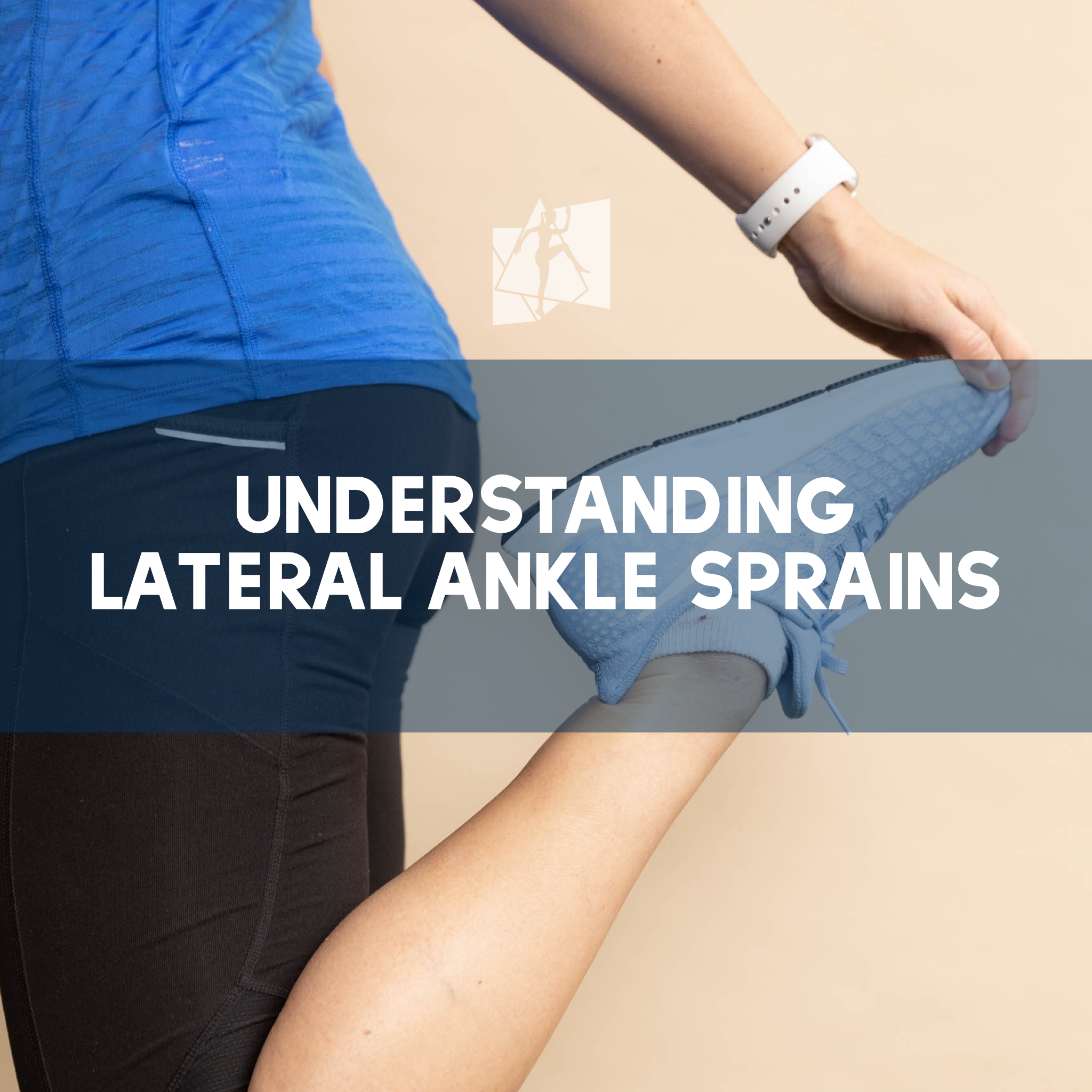To kick off our patient education series, we’ll be focusing on a familiar foe: the ankle sprain! Lateral or inversion ankle sprains are one of the most common ankle injuries. These injuries happen through an excessive inversion mechanism, or when the foot rolls to the outside. Eversion ankle sprains, or when the foot rolls to the inside, are much less common because of the anatomy of the joint; the body is naturally more resilient against this motion.
When evaluating a lateral ankle sprain, there are three main ligaments to assess:
The Anterior Talofibular
The Calcaneofibular
The Posterior Talofibular
Most commonly involved is the Anterior Talofibular ligament (ATFL), but more severe sprains can also include injury to the Calcaneofibular ligament (CFL); rarely the Posterior talofibular ligament (PTFL) is also involved. Your physical therapist or athletic trainer will use a series of tests to determine if the ligaments have been stretched or torn. These diagnostics will help to assign a severity, or grade, to your injury and will dictate your overall plan of care.
Photo courtesy of Orthobullets
The grading system has three levels, with Grade 3 being the most severe. Below, we’ve outlined the injury and common symptoms for each grade.
Grade 1:
Minimal stretching, no tearing of the involved ligaments
Typically only involves the ATFL
Mild pain, swelling and tenderness along the outer aspect of the foot and into the ankle
No joint instability
Grade 2:
Partial tearing of the involved ligaments
Can involve multiple ligaments, based on the mechanism of injury
Moderate pain, swelling, bruising and tenderness along the outer aspect of the foot, and around the ankle joint
Mild to moderate joint instability
Difficulty walking with a normal gait
Grade 3:
Full tear, or rupture of the involved ligament
Usually involves multiple ligaments
Severe pain, swelling, bruising and tenderness along the outer aspect of the foot, around the ankle joint, and possibly into the lower leg
Considerable joint instability
Inability to bear weight
Recovery ranges from two to four weeks for mild Grade 1 sprains and up to six to twelve weeks for moderate to severe Grade 2-3 sprains. Very often, the injured athlete returns to the sport before he or she has regained sufficient strength and proprioception, putting them at risk for re-injury. We’ll discuss important treatment and rehabilitation strategies in next week’s post!



